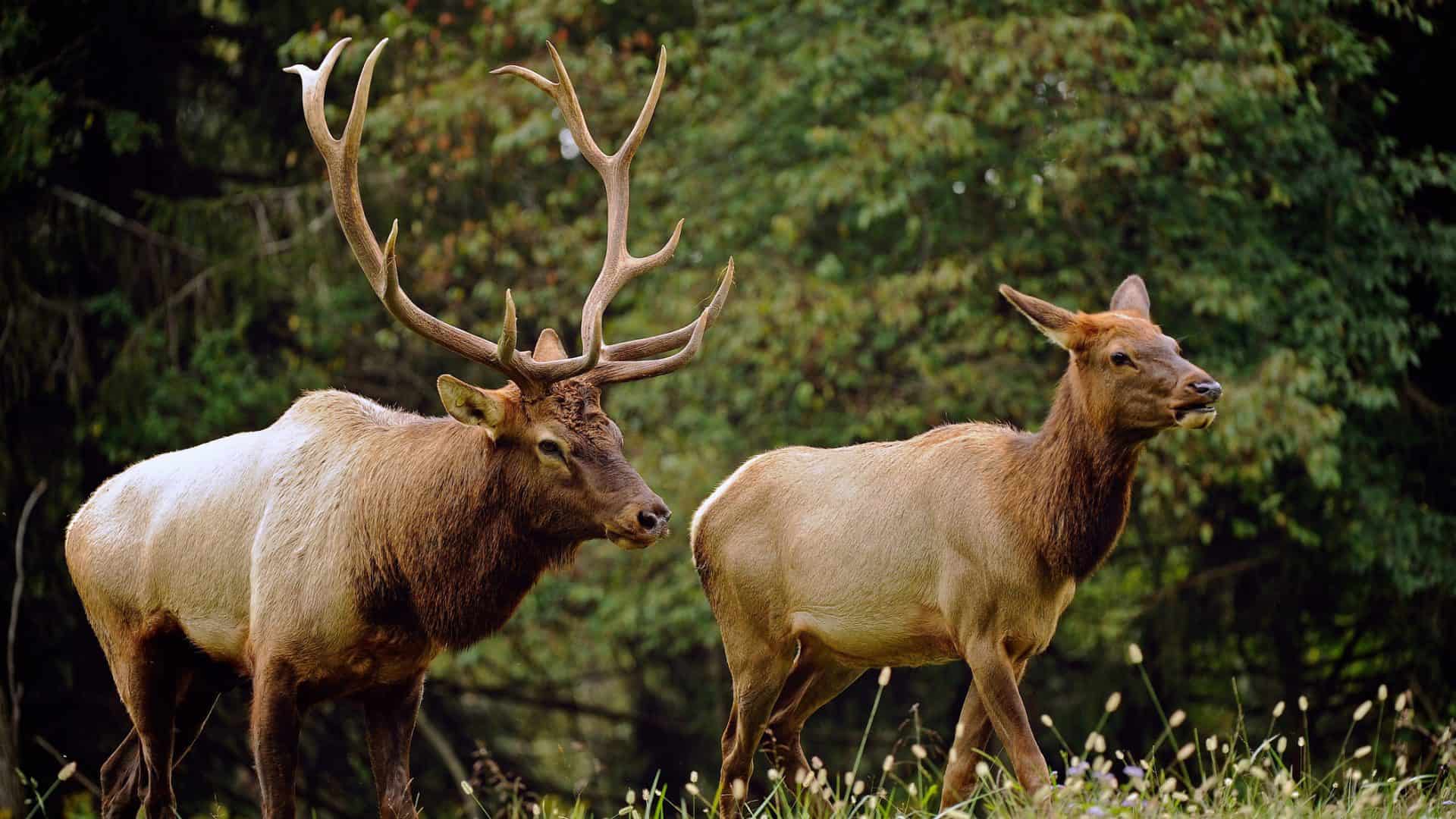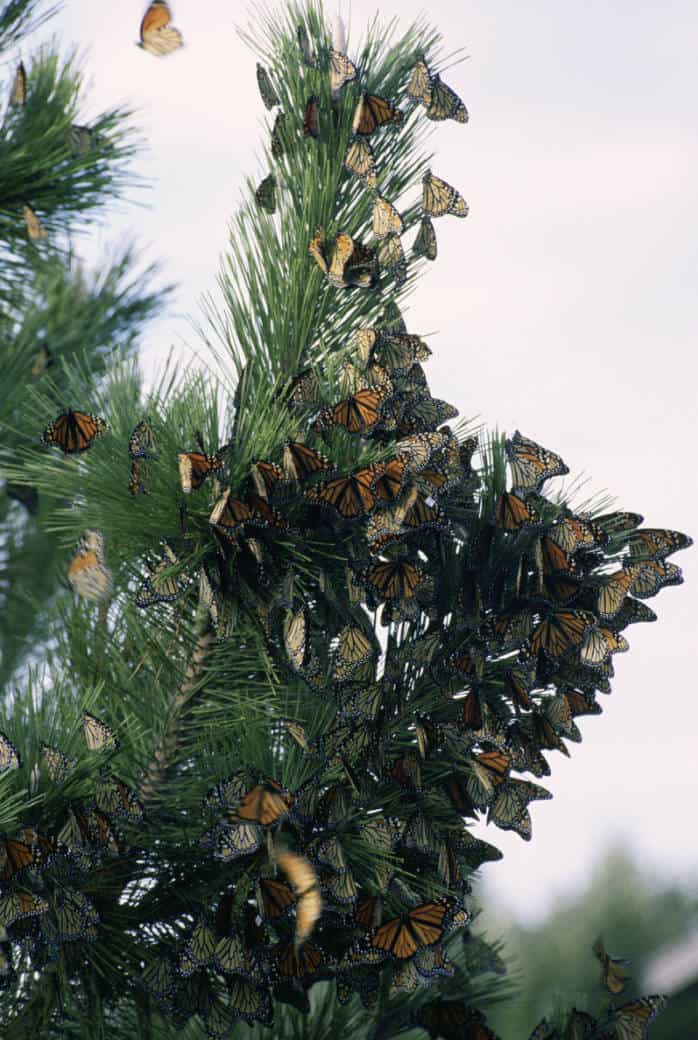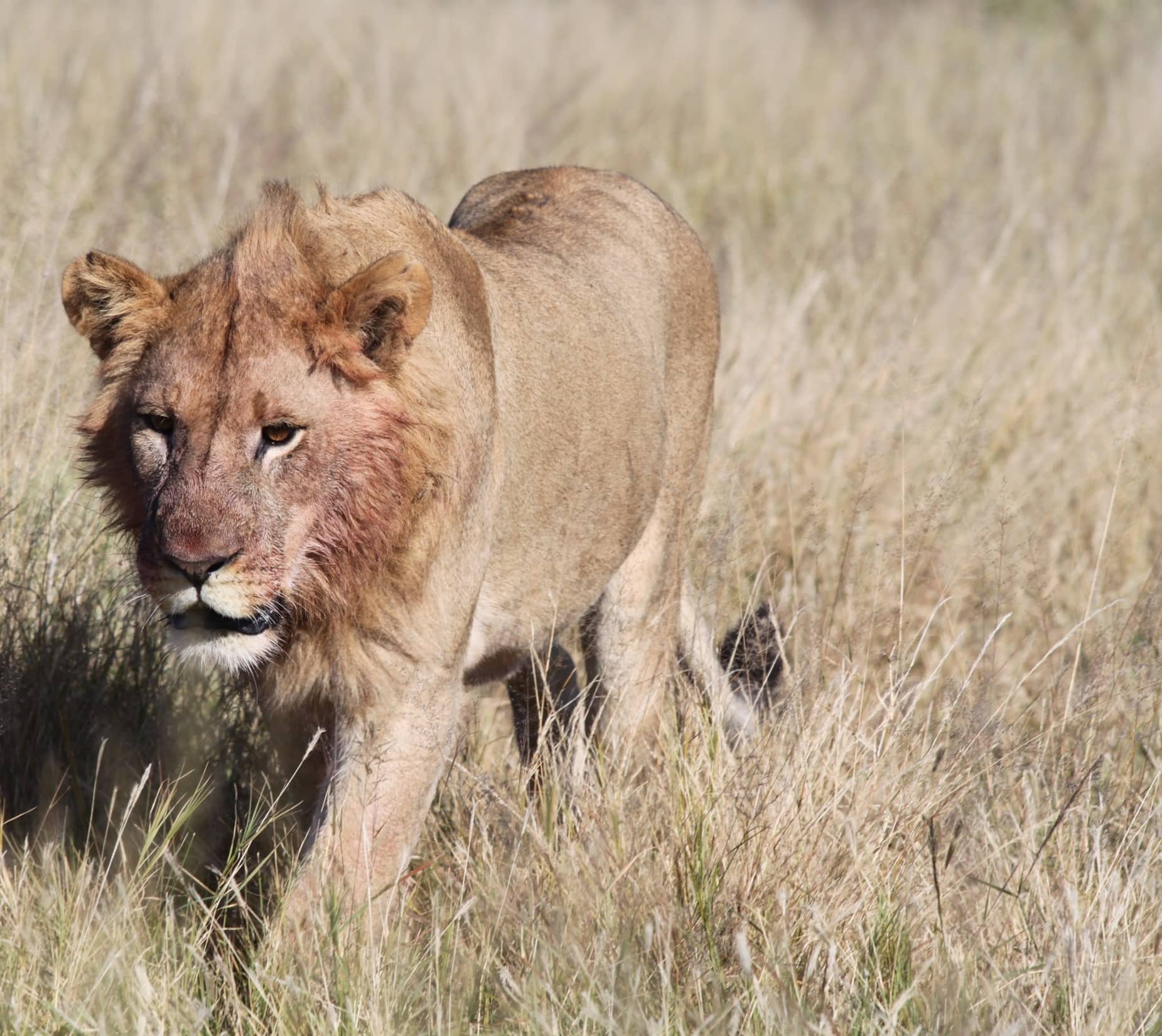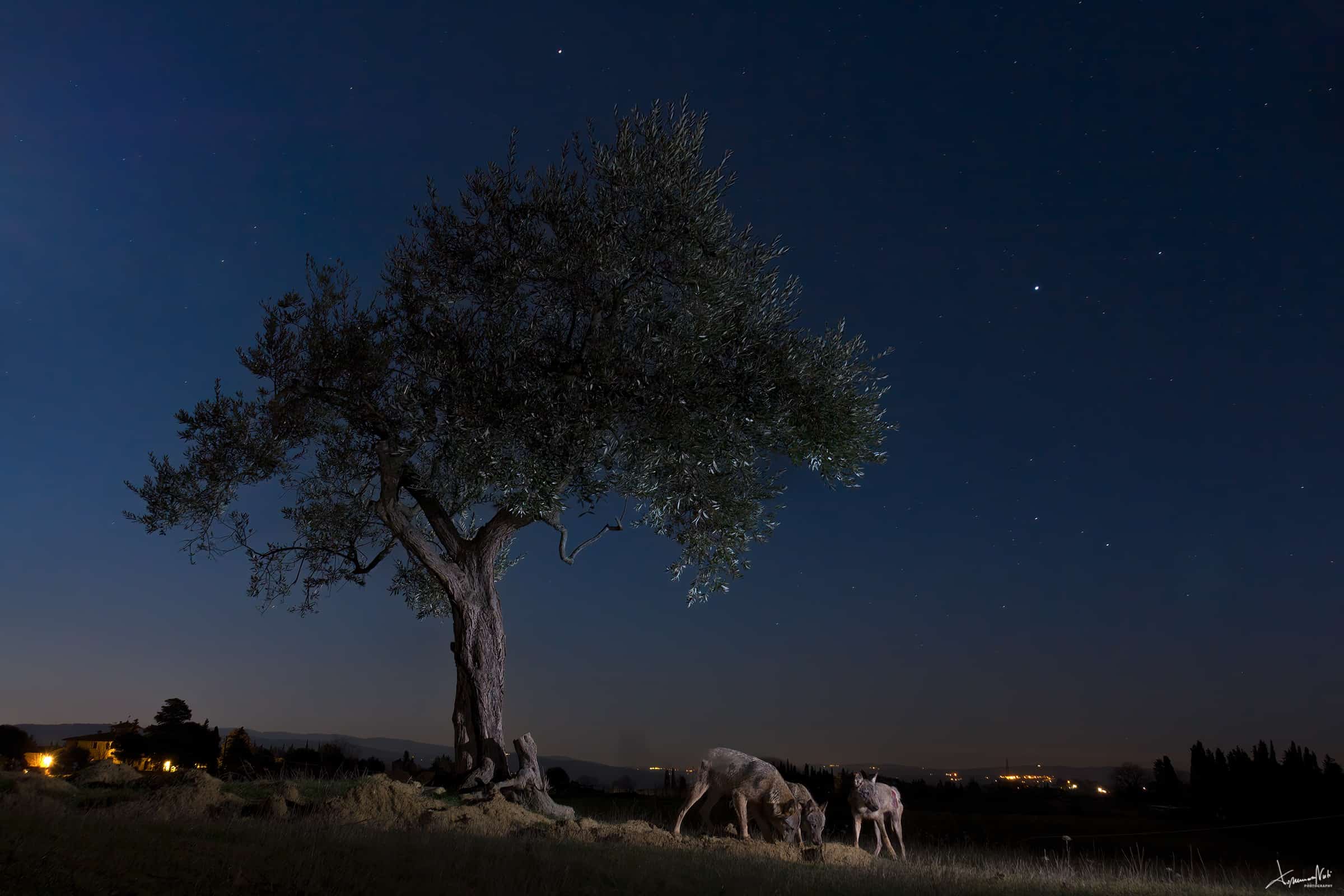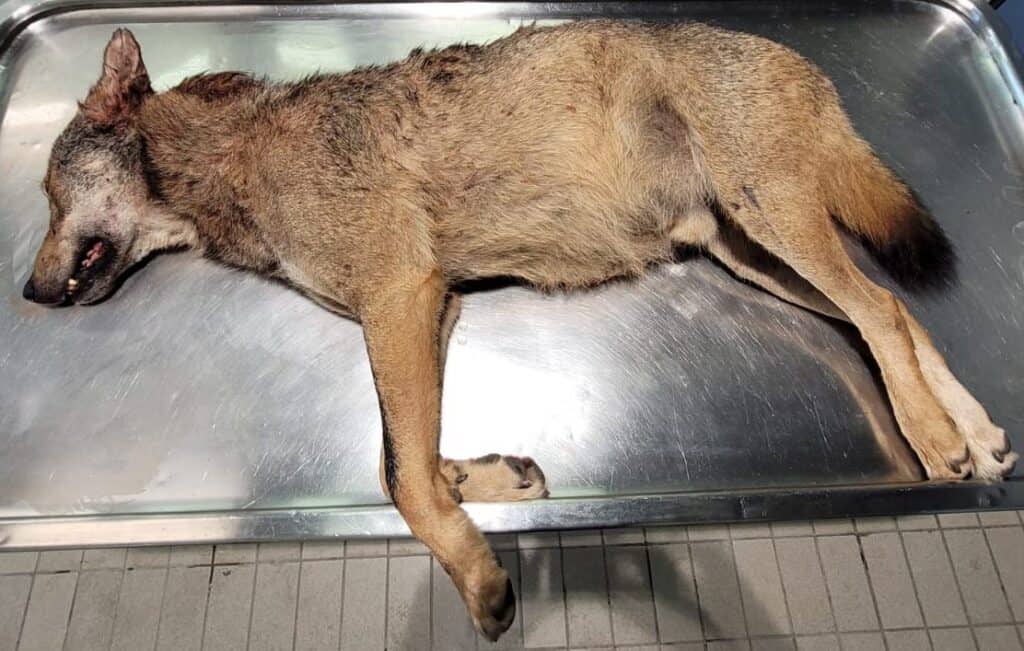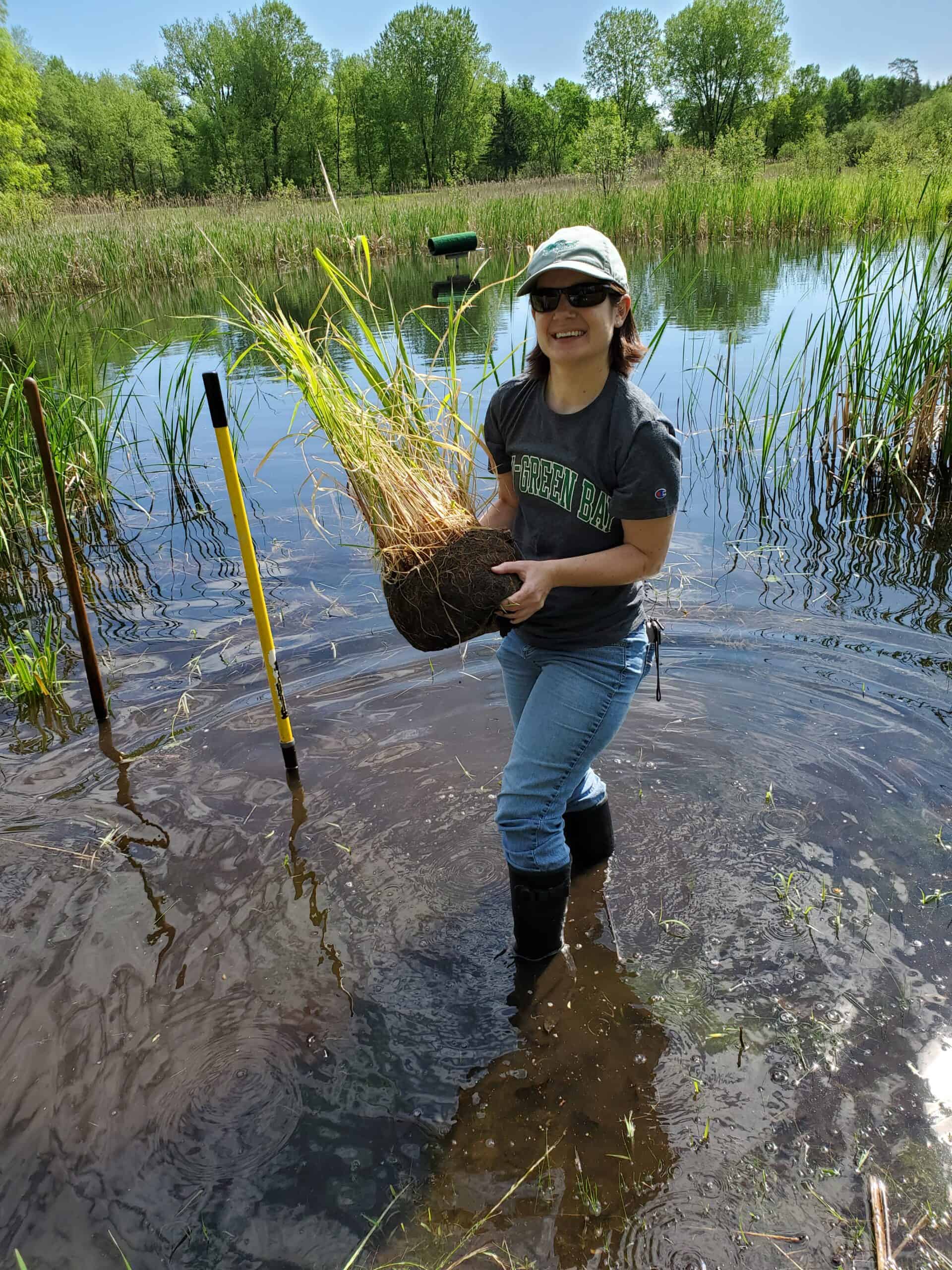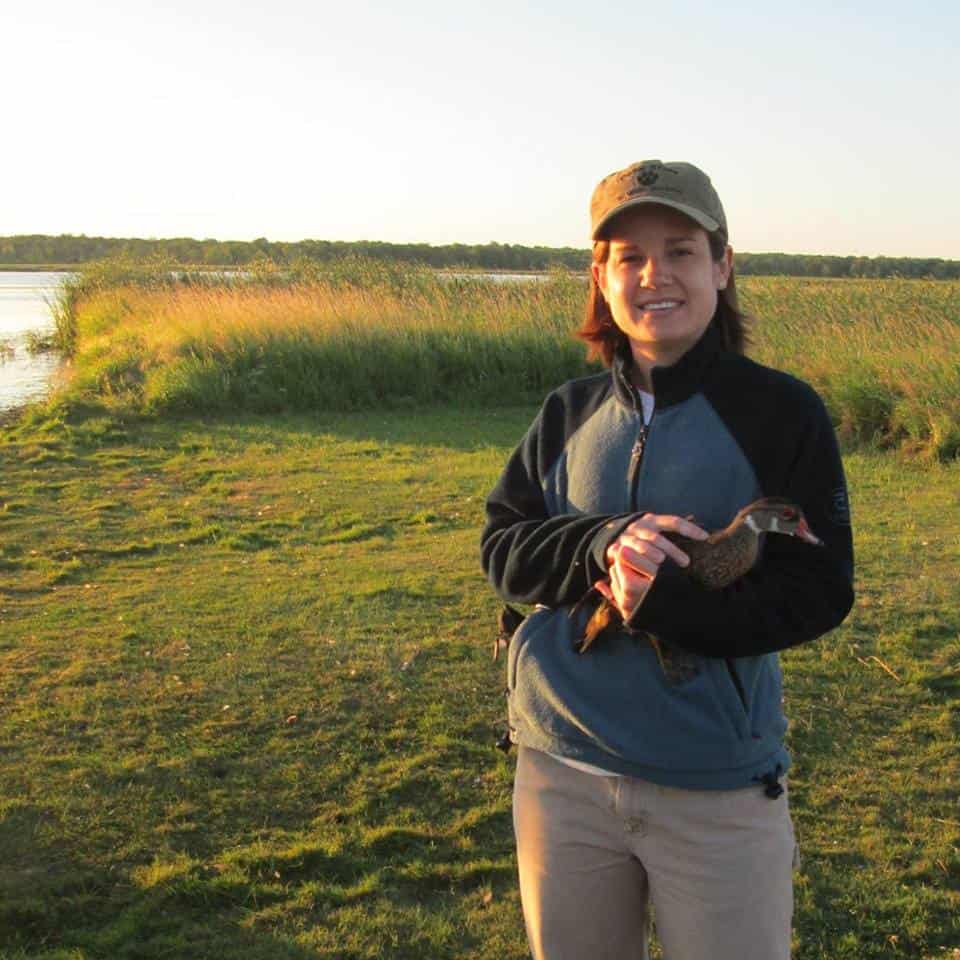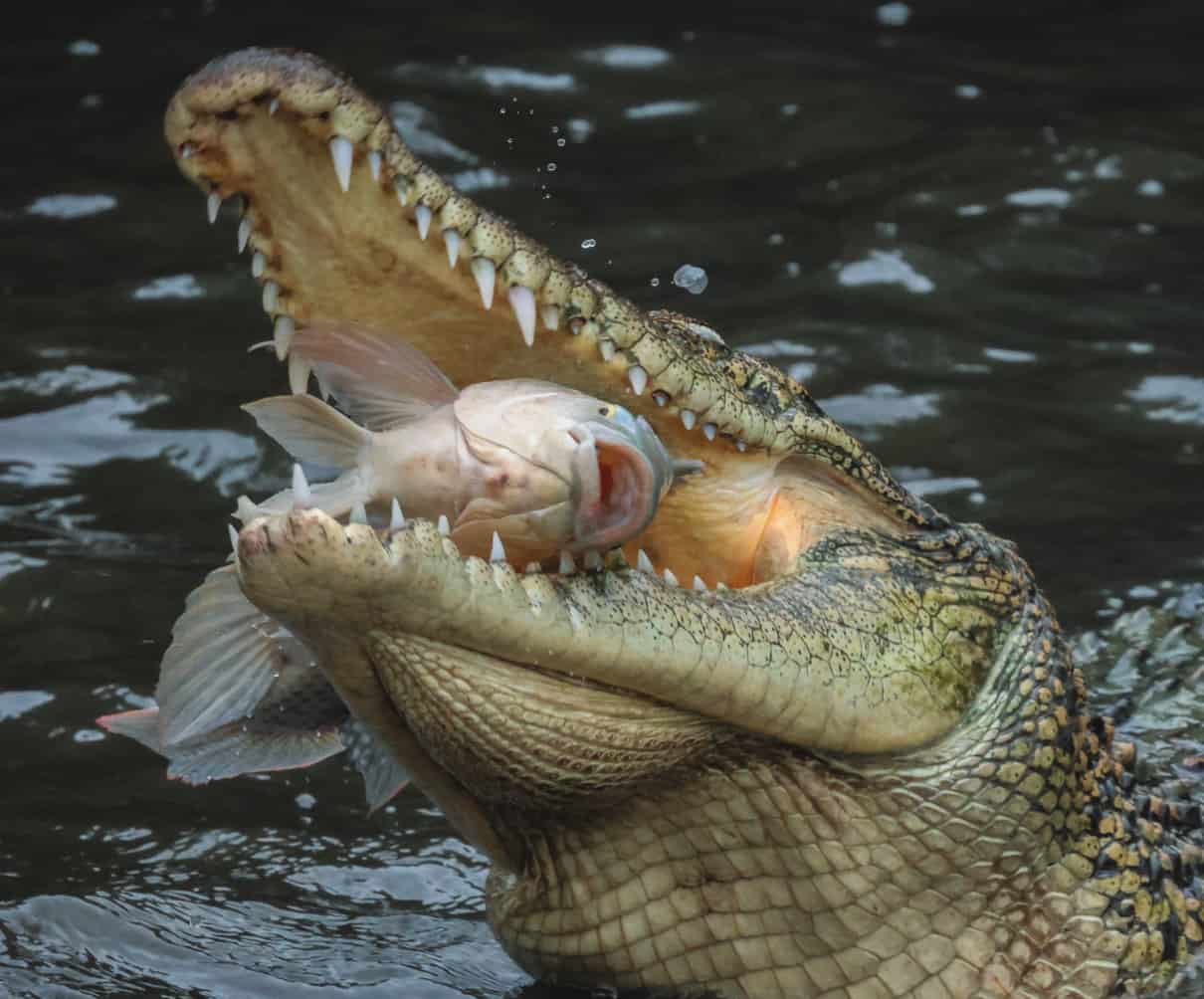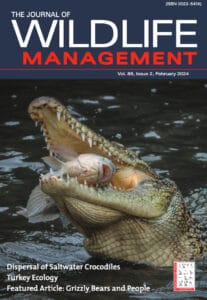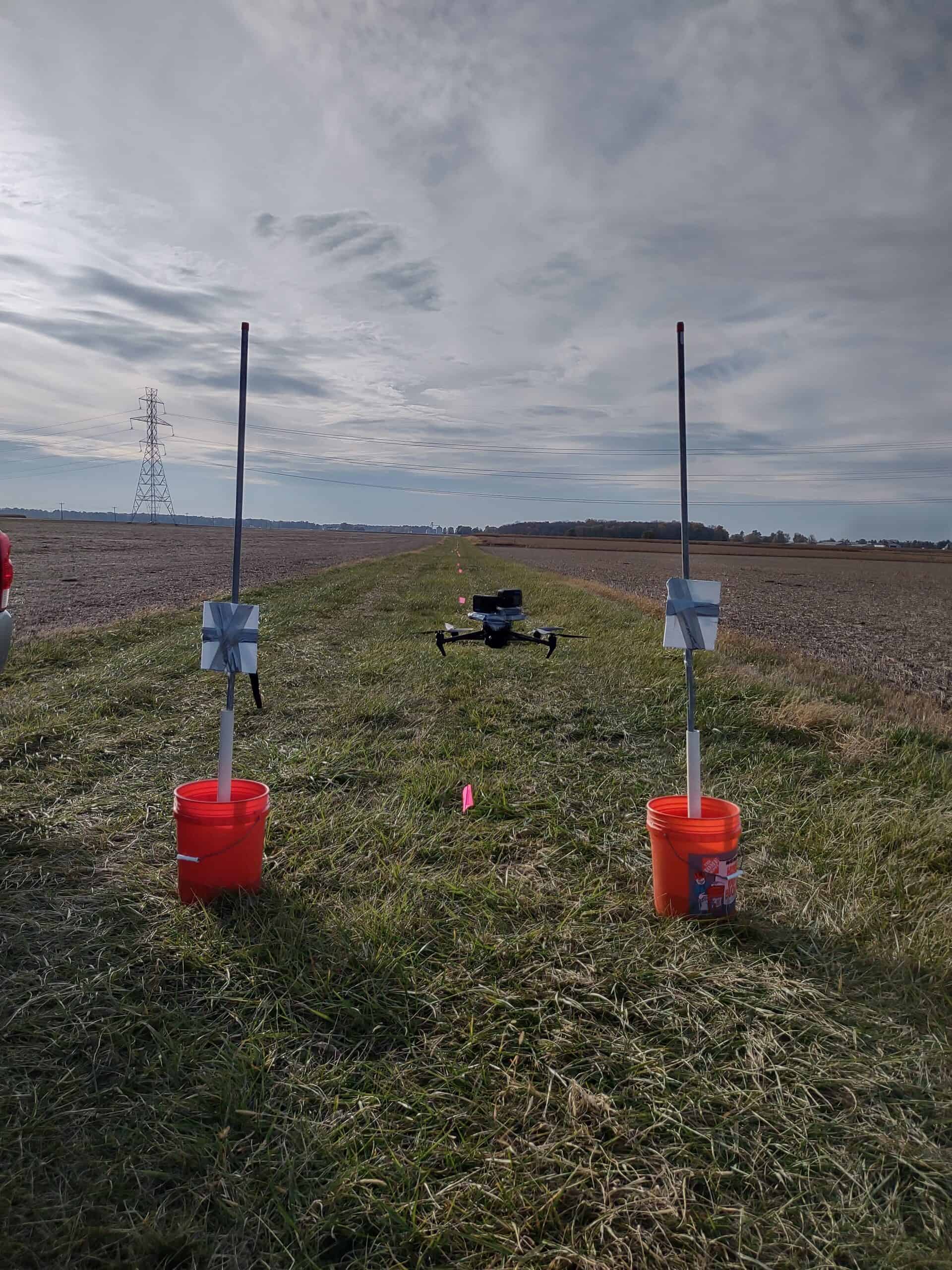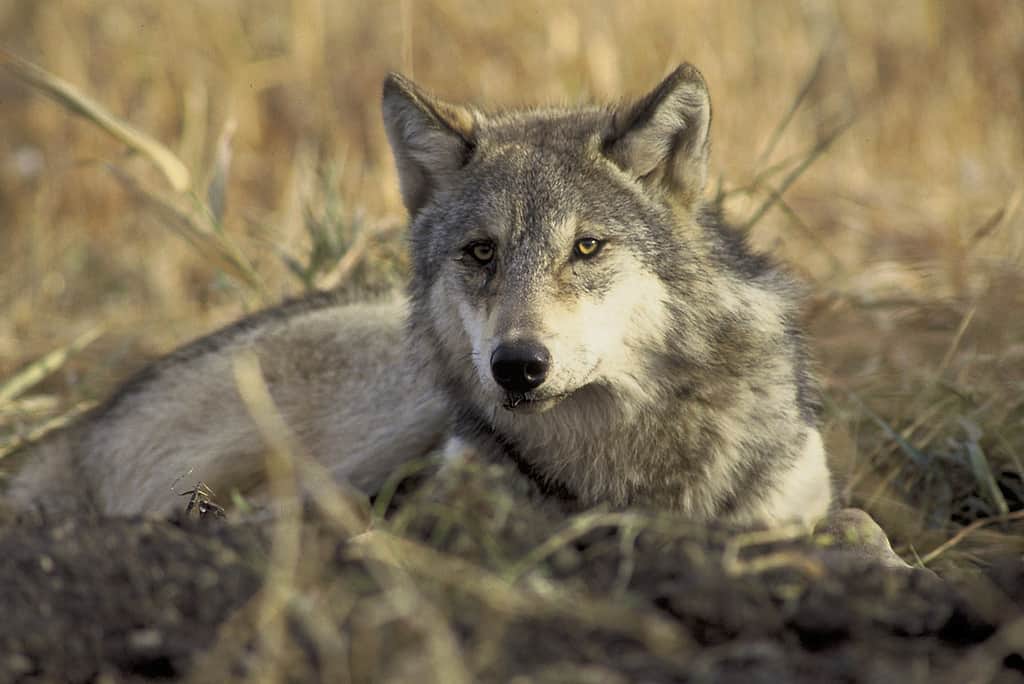
The U.S. Fish and Wildlife Service has announced it is holding the course on gray wolves, deciding against two petitions—one seeking to list wolves in the Northern Rockies under the Endangered Species Act and another seeking ESA protections for wolves across the western United States. The Service also announced it would develop a national recovery plan for gray wolves (Canis lupus) throughout the Lower 48 that would include site-specific conservation actions.
“The Service conducted a comprehensive analysis using robust modeling that incorporated the best available data from federal, state and Tribal sources, academic institutions and the public,” the USFWS said in a press release. “The analysis indicates that wolves are not at risk of extinction in the Western United States now or in the foreseeable future.”
The Feb. 2 decision follows petitions by 70 environmental organizations seeking to increase federal protections for wolves due to concerns about state hunting and trapping policies in Montana, Idaho and Wyoming that they feared would roll back the species’ population gains in the Northern Rockies.
“How much worse must so-called wolf ‘management’ policies be in the Northern Rocky Mountain states in order for the federal government to take action?” said Lizzy Pennock, carnivore coexistence attorney at WildEarth Guardians, in a press release decrying the Service’s latest decision. WildEarth Guardians was among the petitioners.
Long persecuted in North America due to concerns about conflicts with humans and livestock, wolves have made a comeback in parts of the U.S. In 2011, the USFWS delisted wolves in the Northern Rockies—including Idaho, Montana, Wyoming and parts of eastern Oregon and Washington. Gray wolves remain listed under the ESA as endangered in 44 states and threatened in Minnesota.
“I think that’s a very sound decision,” said TWS member Julia Smith, Endangered Species Recovery Section Manager for the Washington Department of Fish and Wildlife, of the Service’s latest action. Wolves in much of Washington remain listed under the ESA as endangered, but wolves in areas of eastern Washington are considered part of the Northern Rockies population and lack federal protections. All wolves in Washington are state-listed as endangered.
“I understand this is hard for a lot of people to hear because they don’t like the hunting policies that are allowed in places like Idaho and Montana,” Smith said. But listing decisions should be based on population health and viability, she said, and concerns about state policies should be addressed at the state level.
The Service also announced a national recovery plan for wolves, which it plans to develop by the end of 2025. This plan was initiated in part due to several site-specific wolf rules the USFWS developed that were invalidated by courts for not considering the impact that delisting one population might have on the status of wolves across the nation.
“It’s exciting that this is the first time the U.S. Fish and Wildlife Service is contemplating wolf recovery nationwide,” Smith said. “I think the Service is starting to pay attention to what people are asking for.”
These announcements follow an initiative the USFWS announced in December, 2023 to start a national dialogue to reduce conflict between humans and wolves.
Washington embarked on a similar dialogue—using the same mediator—and sought to address “deeply held values that can lead to conflict,” Smith said.



